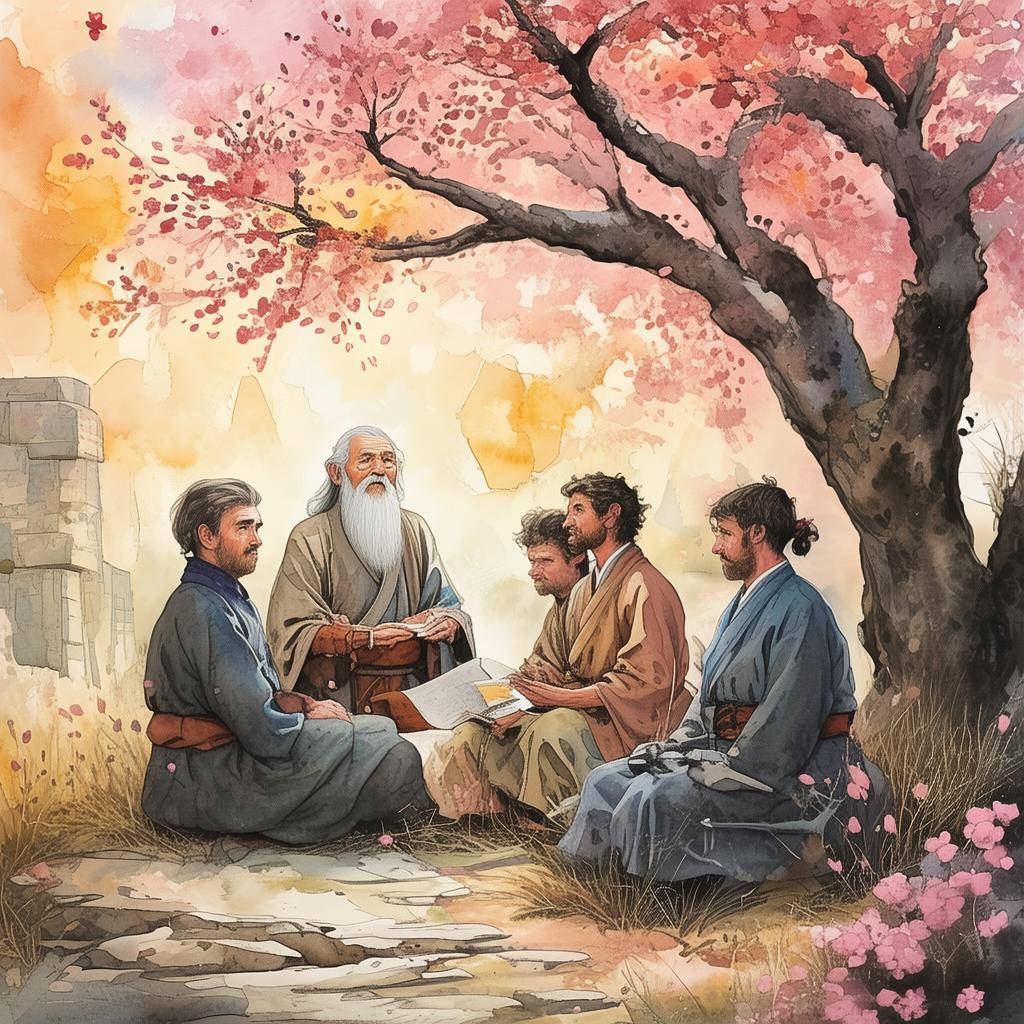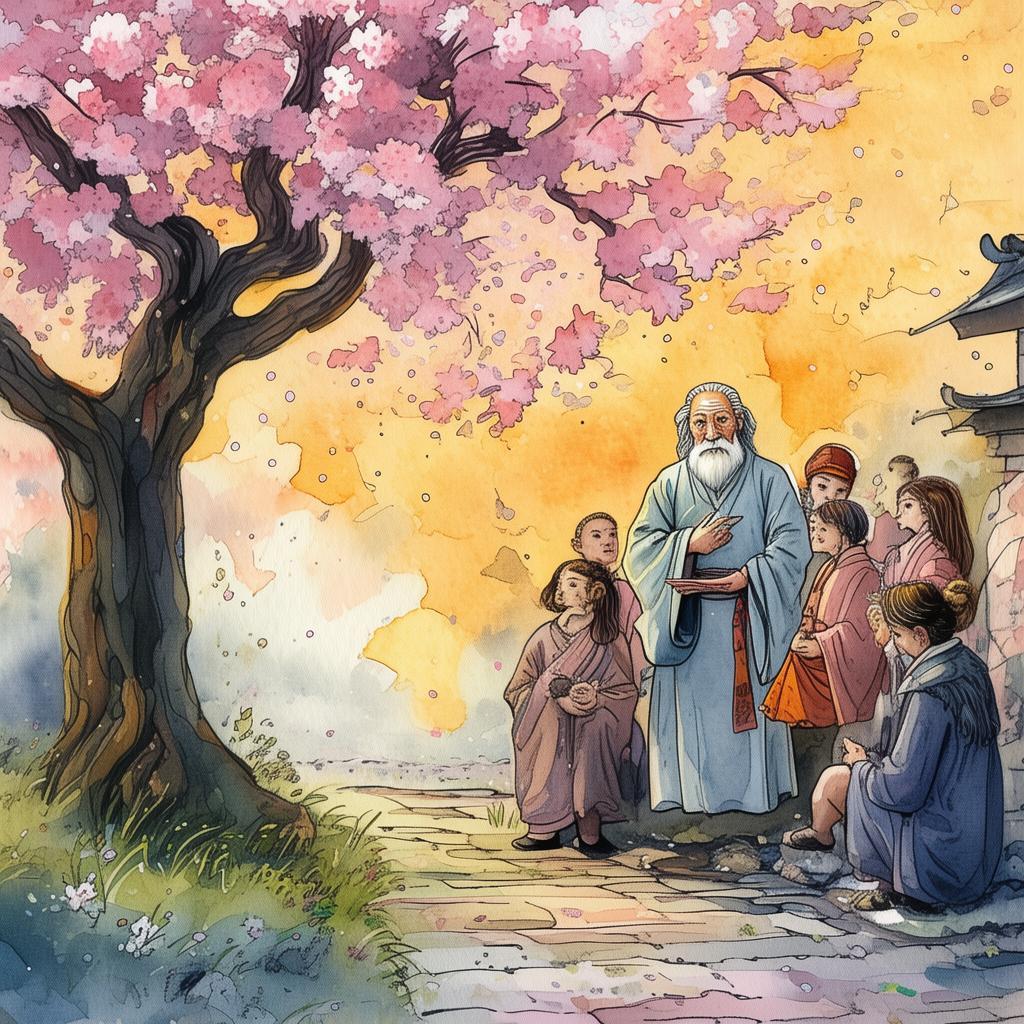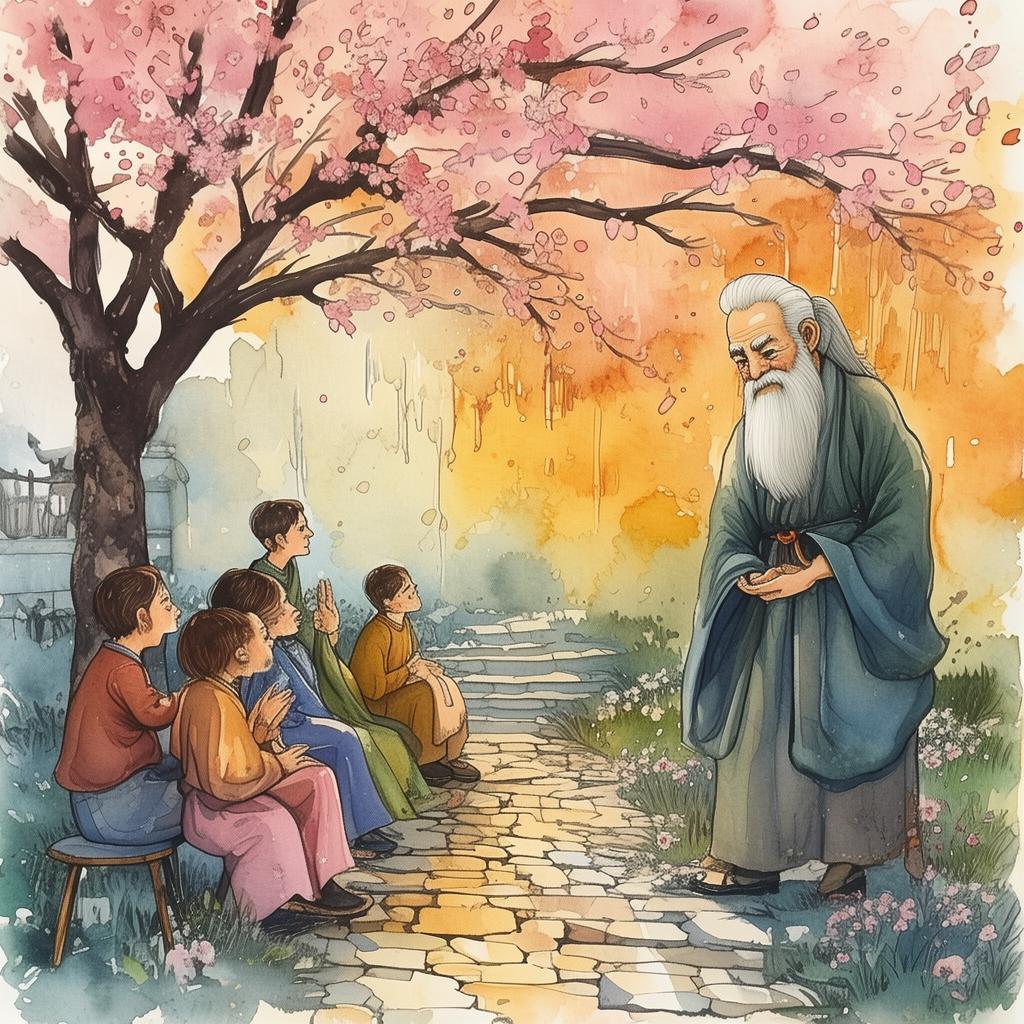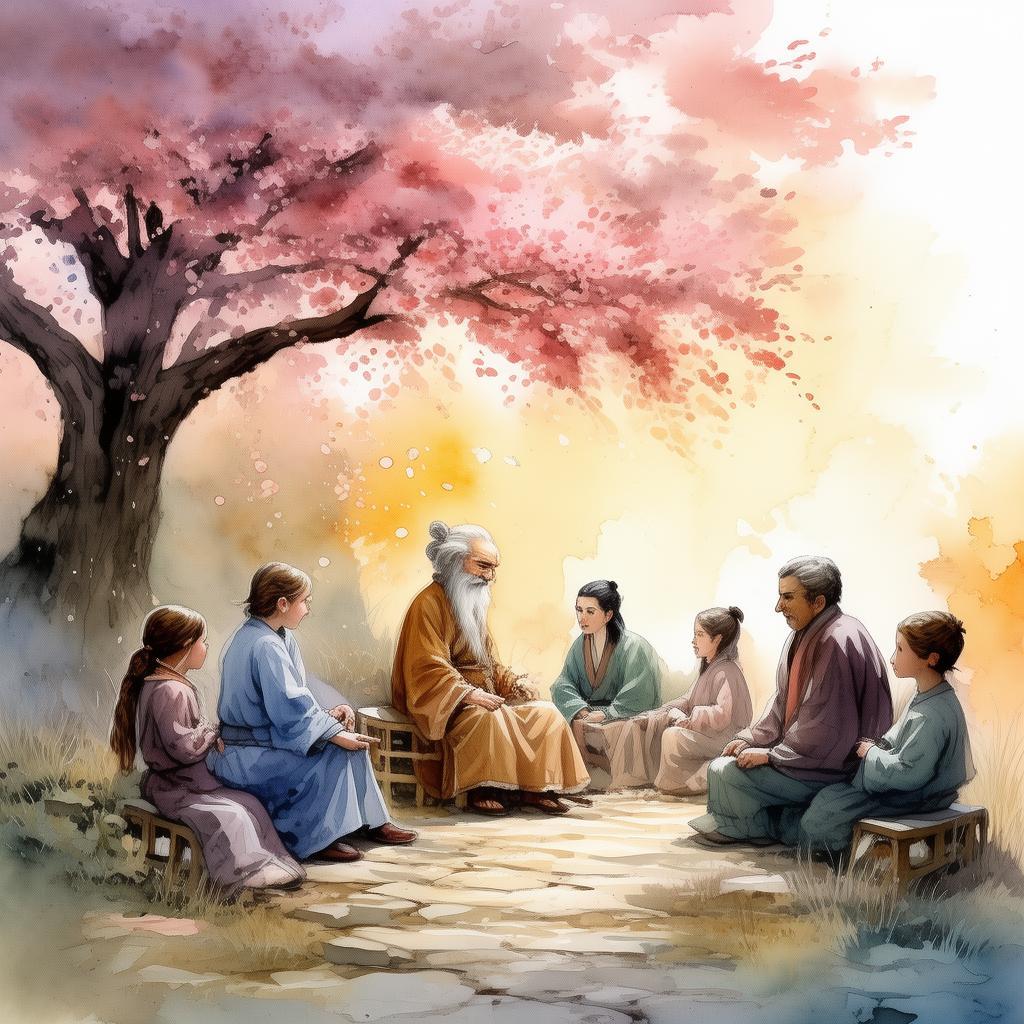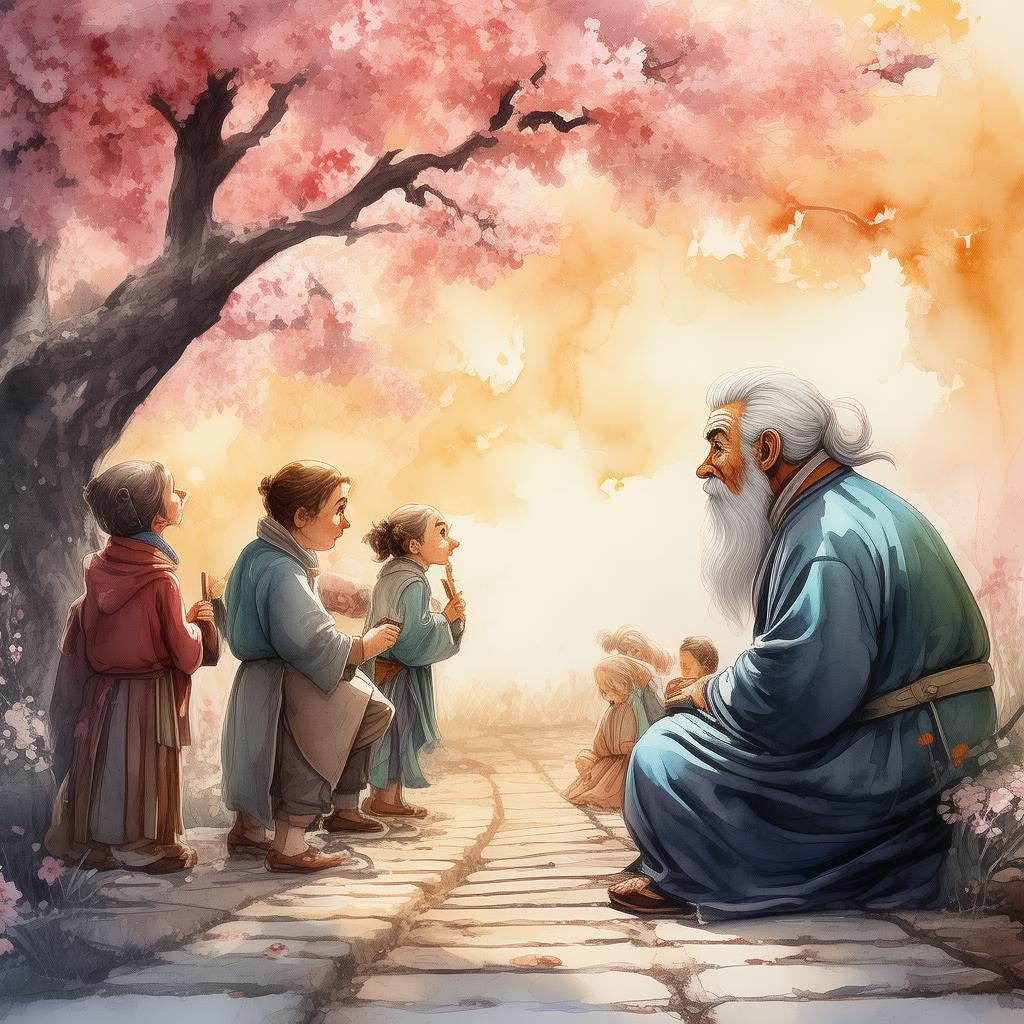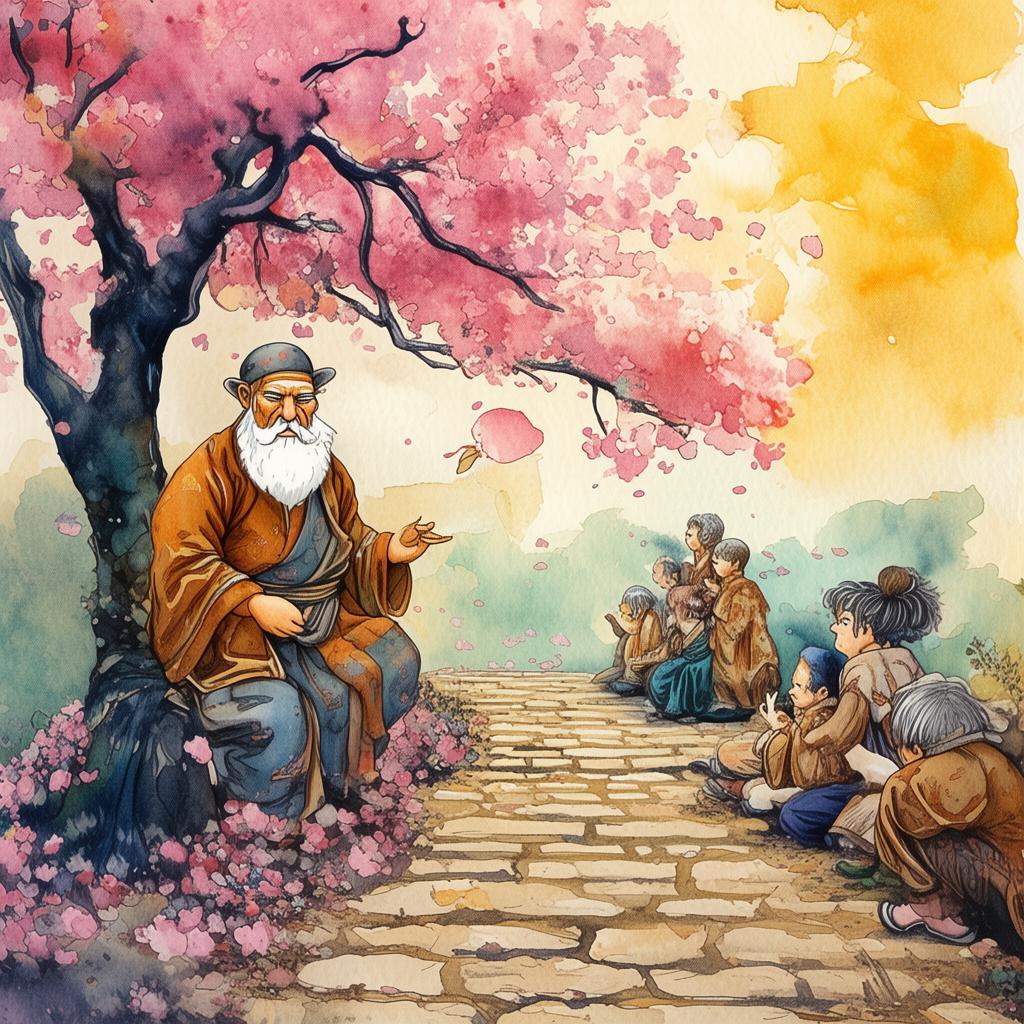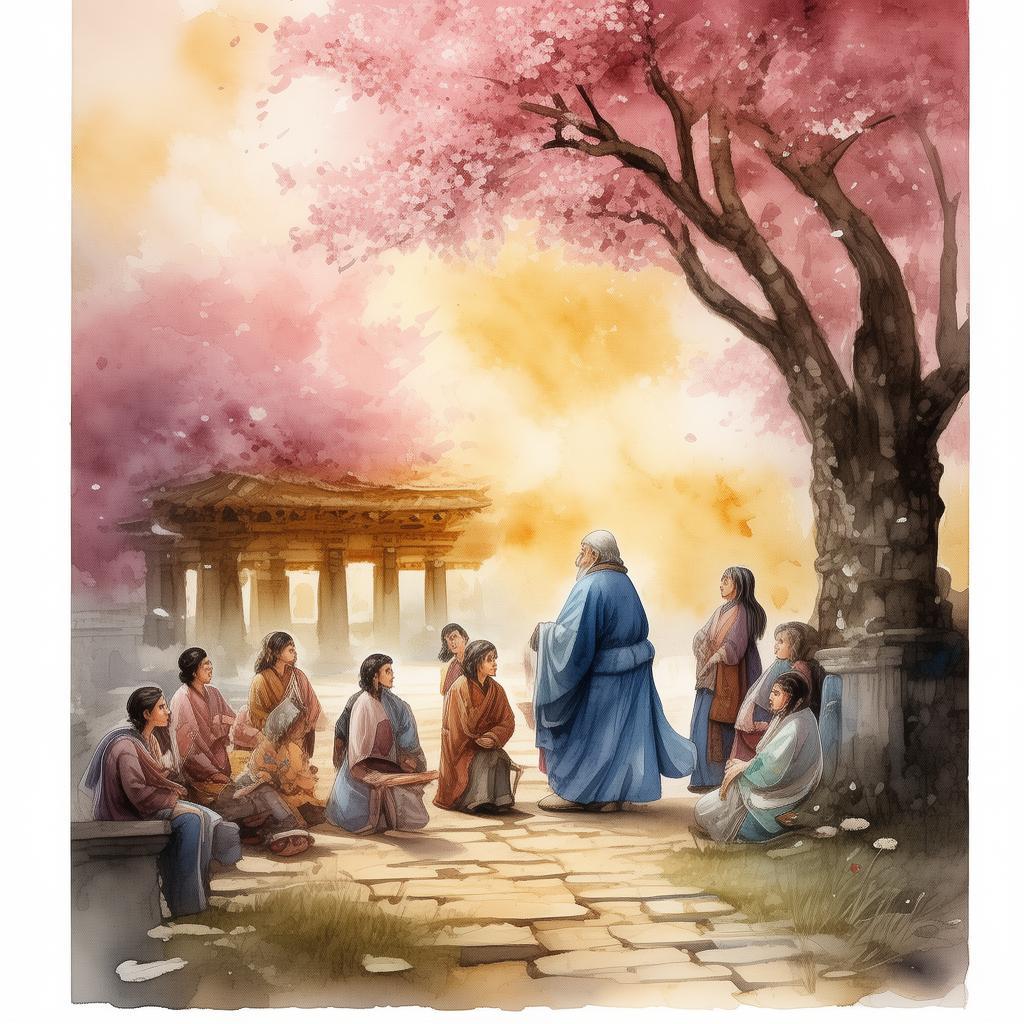Clay's Dilemma: The Unseen Bond
In the quaint village of Eldergrove, nestled between rolling hills and whispering forests, there lived a young potter named Clay. His hands were deft, his heart was warm, and his passion for clay was as boundless as the earth itself. His creations were not just pots and bowls; they were stories, emotions, and the essence of the world around him. But there was one secret he had never shared, a secret that had been passed down through generations of potters in his family.
One crisp autumn morning, as the sun painted the sky with strokes of orange and gold, Clay found himself in his usual routine, shaping clay into life. But today, as he worked, his fingers brushed against a peculiar stone half-buried in the earth. It was unlike any clay he had ever seen, shimmering with an otherworldly light that seemed to dance with the shadows of the forest.
Curiosity piqued, Clay carefully unearthed the stone, revealing a crystal that seemed to pulse with its own rhythm. It was unlike any crystal he had ever encountered, neither clear nor opaque, but a complex interplay of colors and textures that seemed to tell a story of its own. Intrigued, he brought it back to his workshop, where he set it upon his workbench, a silent sentinel.
As days turned into weeks, Clay found himself drawn to the crystal. It seemed to have a mind of its own, responding to his touch, to his thoughts, as if it were a living being. He began to experiment, using the crystal's energy to infuse his clay with new life, creating pots that seemed to glow with an inner light. The villagers were intrigued, and soon Clay's pots were fetching higher prices than ever before.
But as his fame grew, so did the whispers among the villagers. Some spoke of the crystal as a gift from the gods, a source of divine inspiration. Others whispered of it as a curse, a charm that would lead to his downfall. Clay, however, was blind to the latter, his eyes only seeing the potential of the crystal to change his life and his craft.
One evening, as the last light of day faded into the twilight, Clay felt a strange sensation, as if the crystal were calling to him. He reached out, and the crystal seemed to respond, pulling him into a world of light and shadow, of sound and silence. It was there, in the heart of the crystal, that he saw a vision of his past, of his ancestors, and of a great conundrum that had been hidden from him all his life.
The vision revealed that the crystal was not just a stone, but a key to a secret that had been passed down through generations of potters. It was a secret that held the power to transform the very essence of clay, to create objects that were not just vessels but extensions of the soul. But with this power came a great responsibility, and the crystal could only be wielded by one who was pure of heart and true to their craft.
Clay realized that the crystal's energy was a gift, but also a burden. He had been using it to enhance his work, but in doing so, he had been neglecting the true essence of his craft. He had been focusing on the outward appearance of his creations, rather than the inner spirit they should embody.
As the vision faded, Clay knew that he had to make a choice. He could continue to use the crystal's power for his own gain, or he could embrace the true purpose of his craft, to create objects that would touch the hearts of those who used them. He knew that the path he chose would not be easy, but it was the only path that would allow him to live up to the legacy of his ancestors.
The next morning, Clay returned to his workshop, the crystal now resting in a safe place. He began to work with a new focus, not on the outward appearance of his creations, but on the inner spirit they should possess. He sculpted with a newfound respect for the clay, for the crystal, and for the power they held within them.
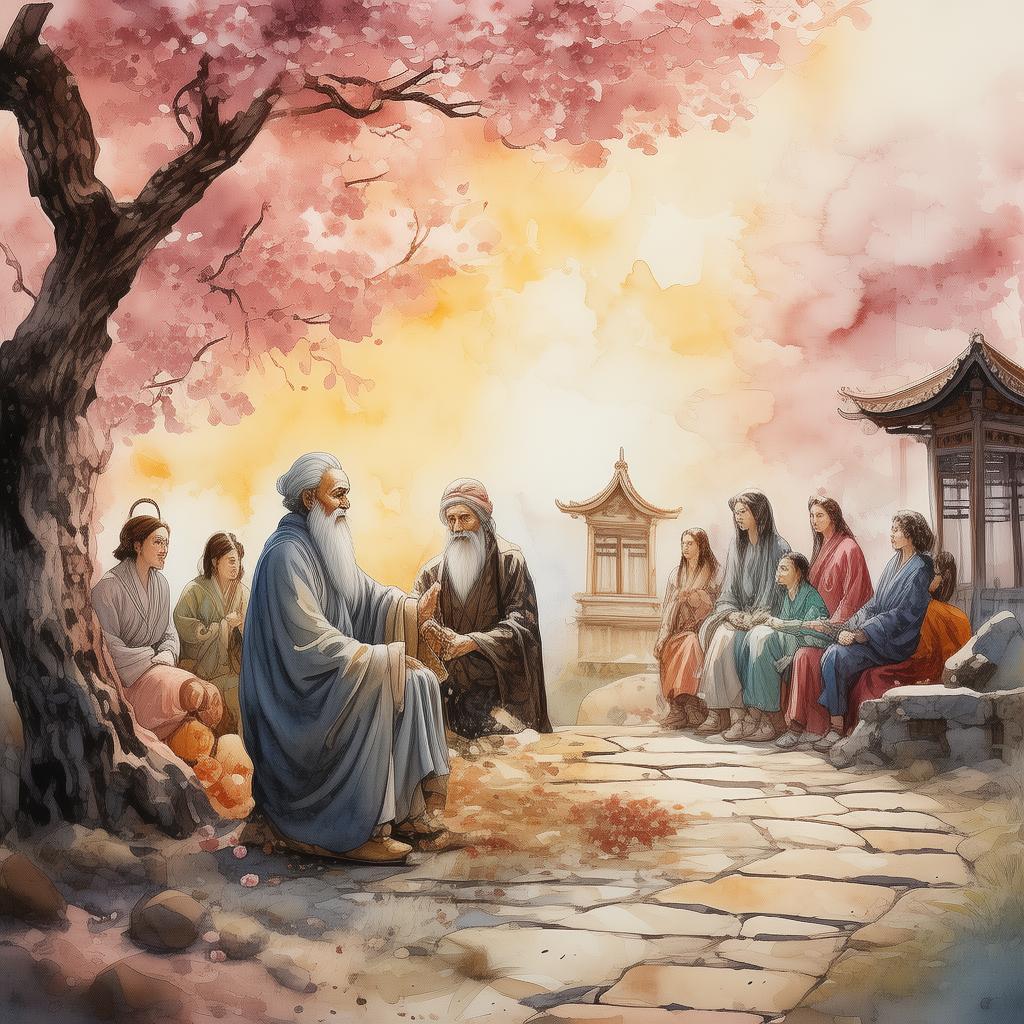
The villagers soon noticed the change in Clay's work. His pots were no longer just vessels, but objects that seemed to hold a piece of the universe within them. They were works of art that spoke to the soul, that brought joy and comfort to those who used them.
As word of Clay's transformation spread, people from far and wide came to Eldergrove to see the pots that had been touched by the crystal. They were not just potters, but artists, healers, and dreamers, all drawn to the beauty and power of Clay's creations.
In the end, Clay's choice had not only saved his craft but had also saved his soul. He had learned that the true power of the crystal was not in its ability to change the world, but in its ability to change the one who held it. And in that change, he had found the true essence of his craft, the true essence of himself.
The village of Eldergrove became a place of wonder and inspiration, a place where the power of the crystal and the spirit of Clay's craft could be felt in every pot, in every bowl, in every creation. And as for Clay, he had found his true calling, a calling that would live on long after he had passed, a calling that would be remembered for generations to come.
✨ Original Statement ✨
All articles published on this website (including but not limited to text, images, videos, and other content) are original or authorized for reposting and are protected by relevant laws. Without the explicit written permission of this website, no individual or organization may copy, modify, repost, or use the content for commercial purposes.
If you need to quote or cooperate, please contact this site for authorization. We reserve the right to pursue legal responsibility for any unauthorized use.
Hereby declared.
